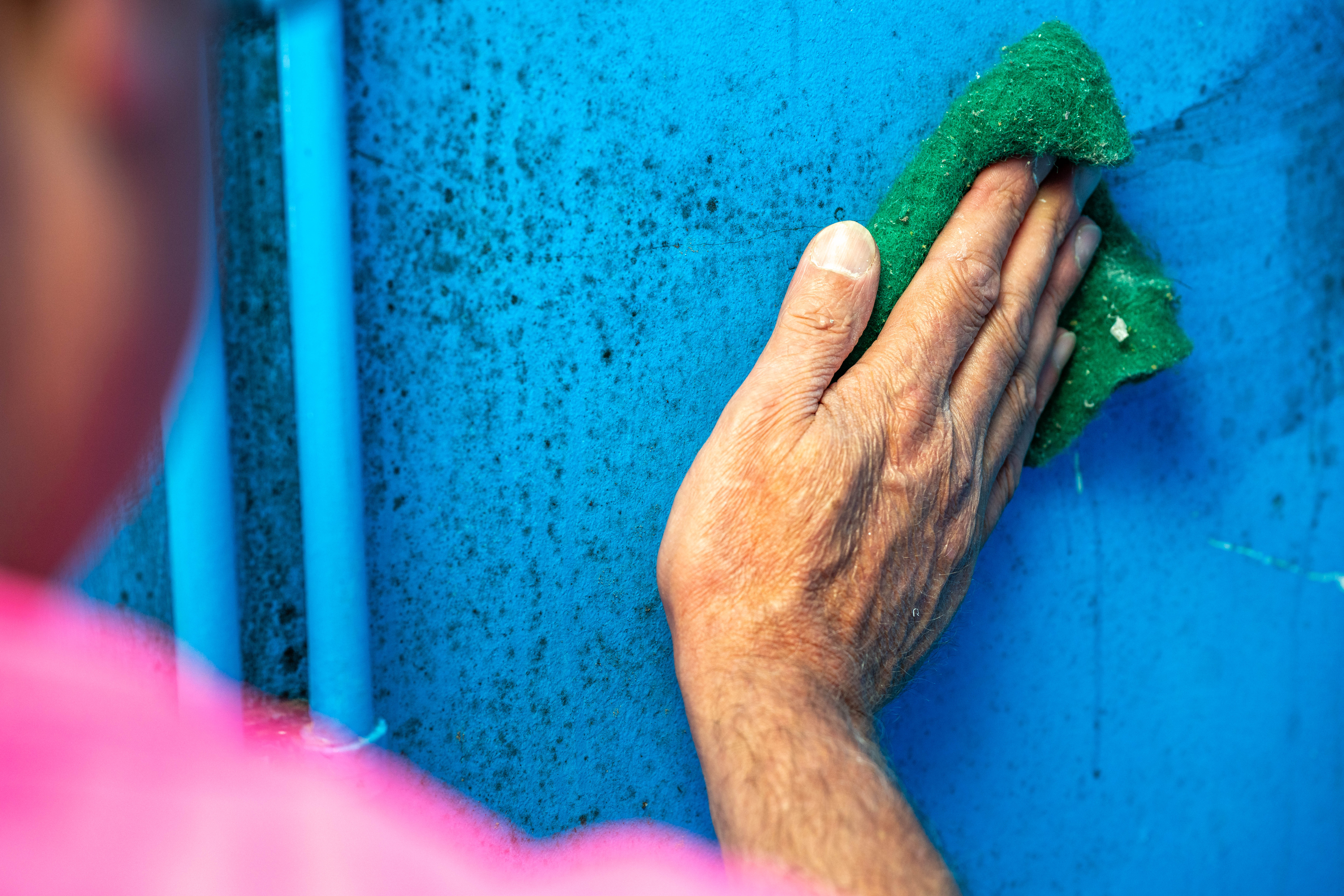09/01/2025
How to deal with damp and mould
As temperatures drop, it’s possible that you’ll start to notice more moisture in your home. This is because cold air can’t hold as much water as warm air, and this can lead to a build-up of moisture around your home. Daily tasks like boiling a kettle, drying clothes, or taking a shower will cause more condensation than usual.
Mould can form as a result of a build-up of condensation. When a home is affected by damp and mould, it can impact your health and irritate respiratory problems like asthma, or trigger allergies. Damp and mould can also damage the structure of your home, so it’s important to deal with it early.

Avoiding damp and mould
The best way to avoid damp and mould is to decrease the amount of moisture in the air, and boost ventilation. Using an extractor fan when cooking, opening windows while showering, drying clothes outside, and wiping down windows regularly are all easy, effective and worthwhile ideas to help achieve this.
If possible, try keeping your rooms at 15°C or above. If you have a particularly moist area in your home, consider using a dehumidifier, although these can be expensive to run. For more tips on preventing moisture from forming in your home, visit our damp and mould helpful resources page.
Spotting damp and mould
Even if you’re doing all you can to prevent damp and mould from forming, it might still find its way into your home. Here are some signs to check for.
- Your walls feel cold and/or moist
- Windows are regularly covered in condensation, not just in the morning after a chilly night
- There’s discolouration on your walls
- Black marks are forming on the sealant between your tiles
- A musty, unpleasant smell
- Visible mould (green or black) on your walls, windows, or ceilings
- Flaking paint or peeling wallpaper
If you spot any of these signs in your home, it’s important to take steps to prevent the problem from growing.
Tackling damp and mould
If you’re experiencing problems with damp and mould in a particular area in your home, try to find the source of the excess moisture. If the moisture is being caused by an everyday task, such as showering, drying clothes, or cooking, remember to take steps to increase ventilation to those areas. If you’re noticing multiple build-ups of damp and mould across your home, make sure you’re closing the doors to your bathroom and kitchen to prevent moisture from travelling.
If you have a manageable build-up of damp and mould, you’ll be able to remove it yourself using cleaning products available from most supermarkets. Always follow the manufacturer's instructions carefully when using these products. If you notice that the mould won’t come off, it starts to spread, or returns, please contact us by logging a repair under the repairs and maintenance section of our website or give us a call.
Once an area is free of mould, try to stay on top of reducing moisture from returning to this area, as this is the best long term solution.
We're here to help
If you have concerns about damp and mould in your home and think you might need a professional to treat it, or simply can’t remove it yourself, please log a repair on our website or contact us by phone.
If you’re struggling to heat your home, which can cause issues with damp and mould, please get in touch and we can help. Tackling damp and mould is important in order to keep you and your loved ones safe and healthy.


